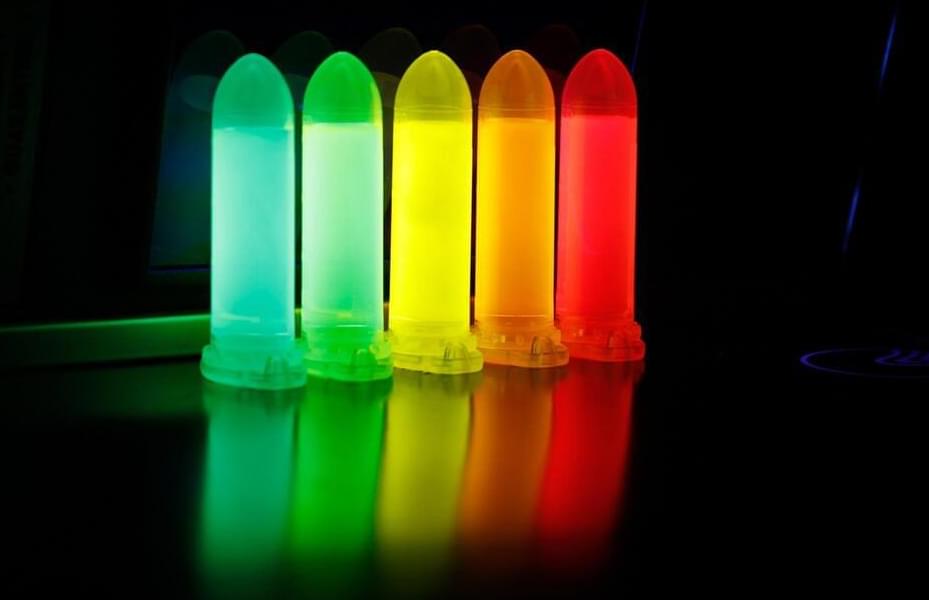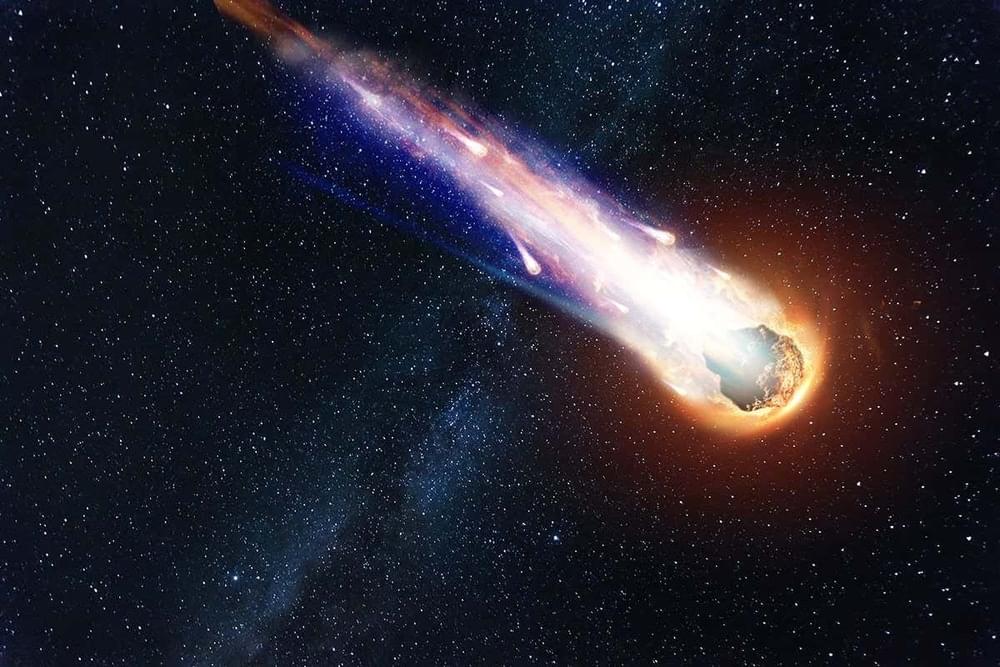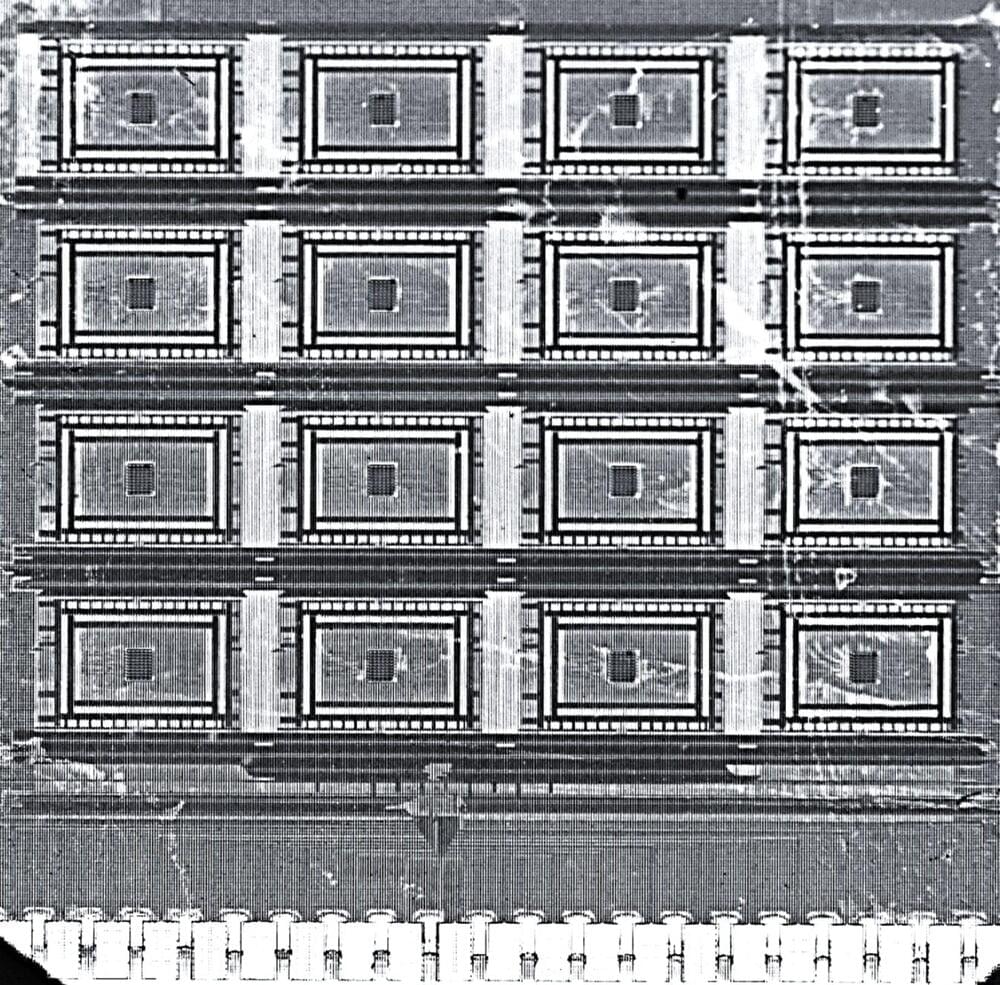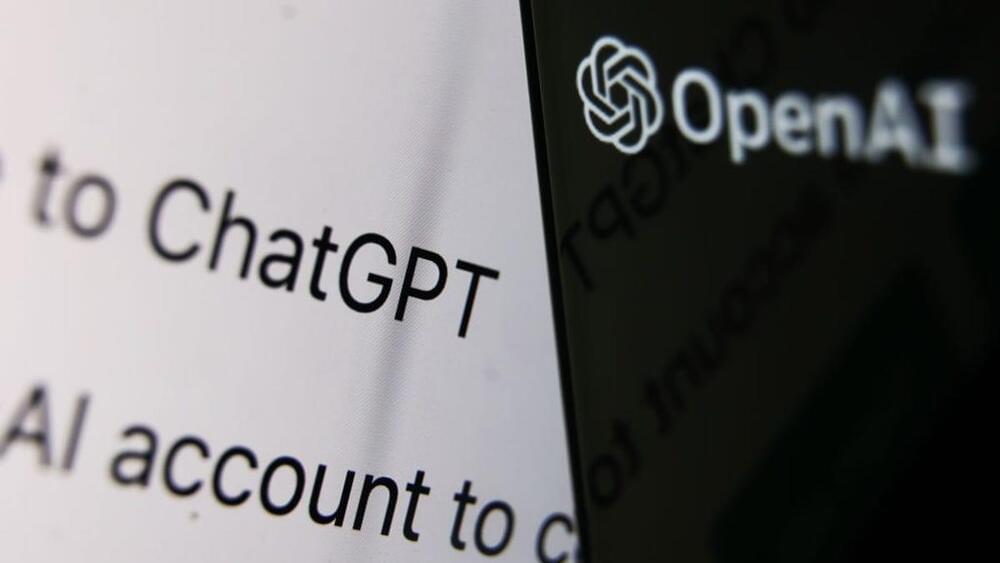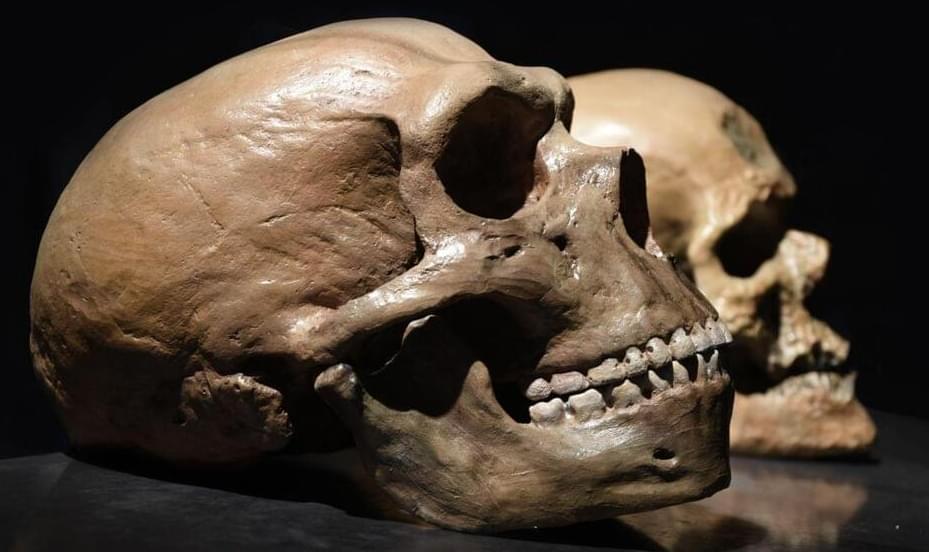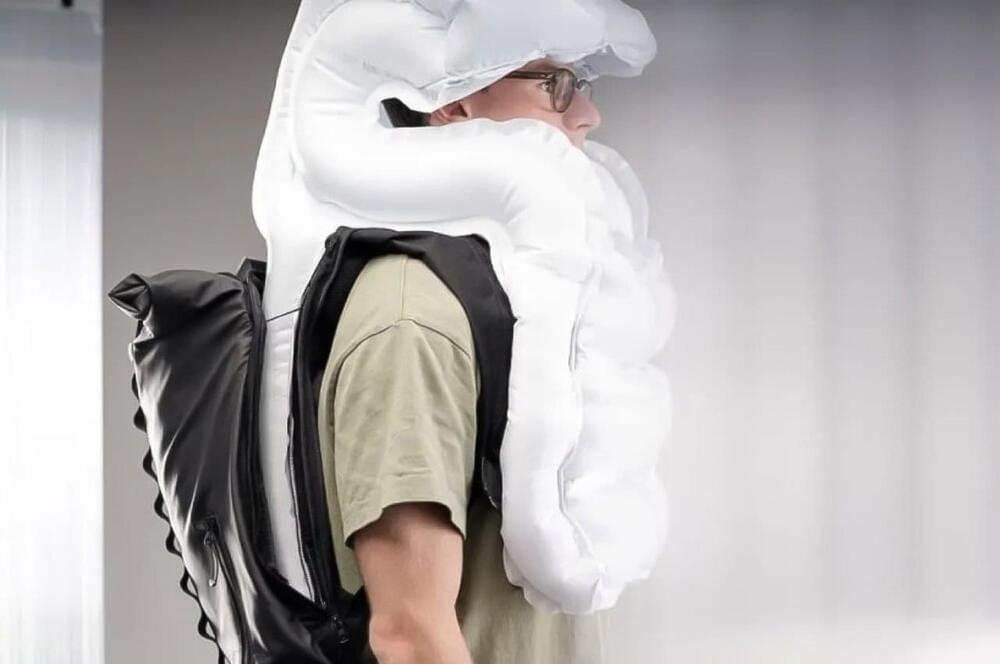Jan 9, 2023
Microsoft is looking at OpenAI’s GPT for Word, Outlook, and PowerPoint
Posted by Gemechu Taye in category: robotics/AI
Microsoft has reportedly been looking at ways of integrating OpenAI’s GPT features into Word, Outlook, and PowerPoint.
Microsoft has been reportedly experimenting with building OpenAI’s language AI technology into its Word, PowerPoint, and Outlook apps. The Information.
Microsoft has reportedly been using OpenAI’s GPT technology to improve Outlook search results so users can find what they’re looking for without having to search using keywords in emails.
Continue reading “Microsoft is looking at OpenAI’s GPT for Word, Outlook, and PowerPoint” »


